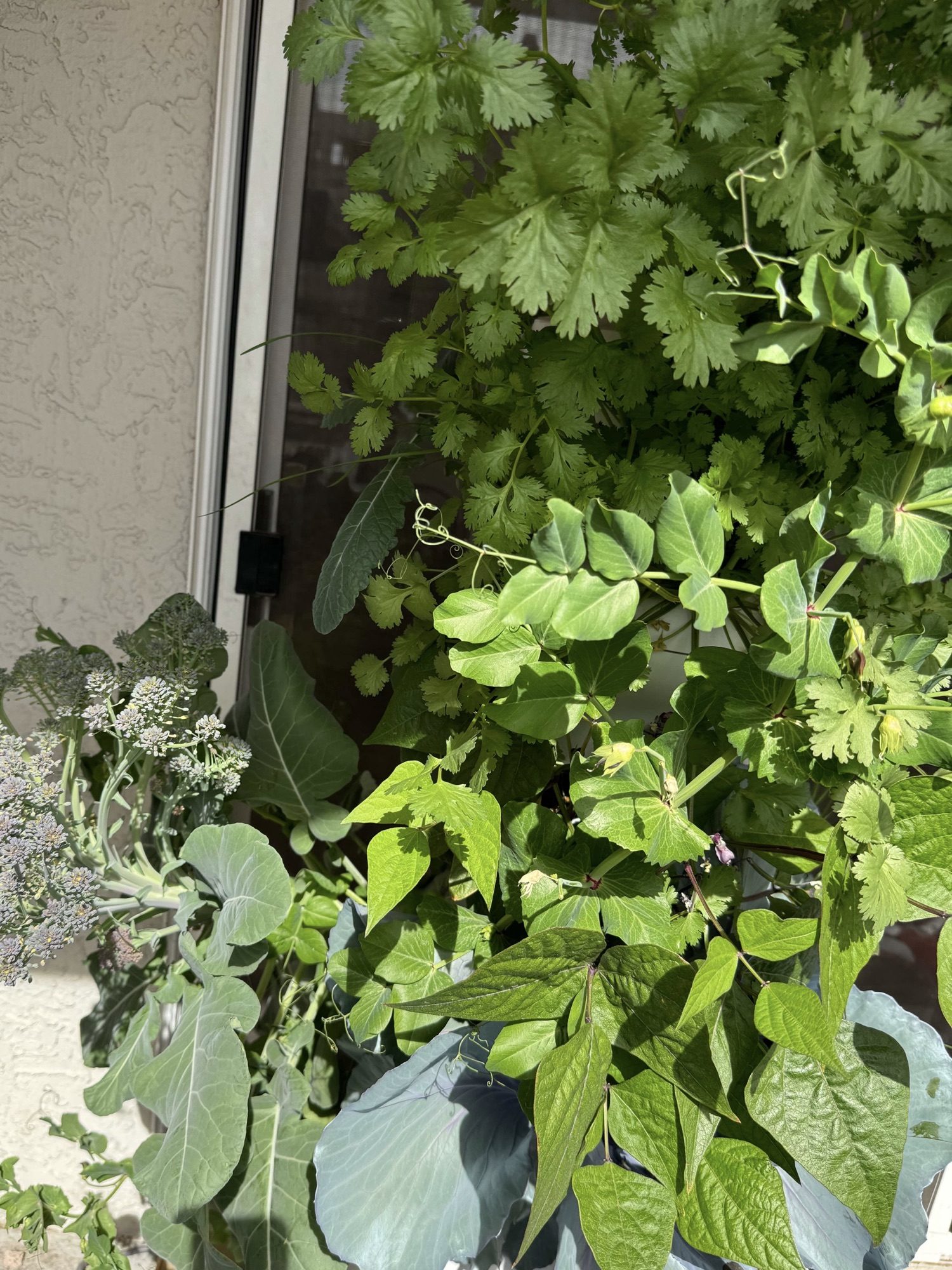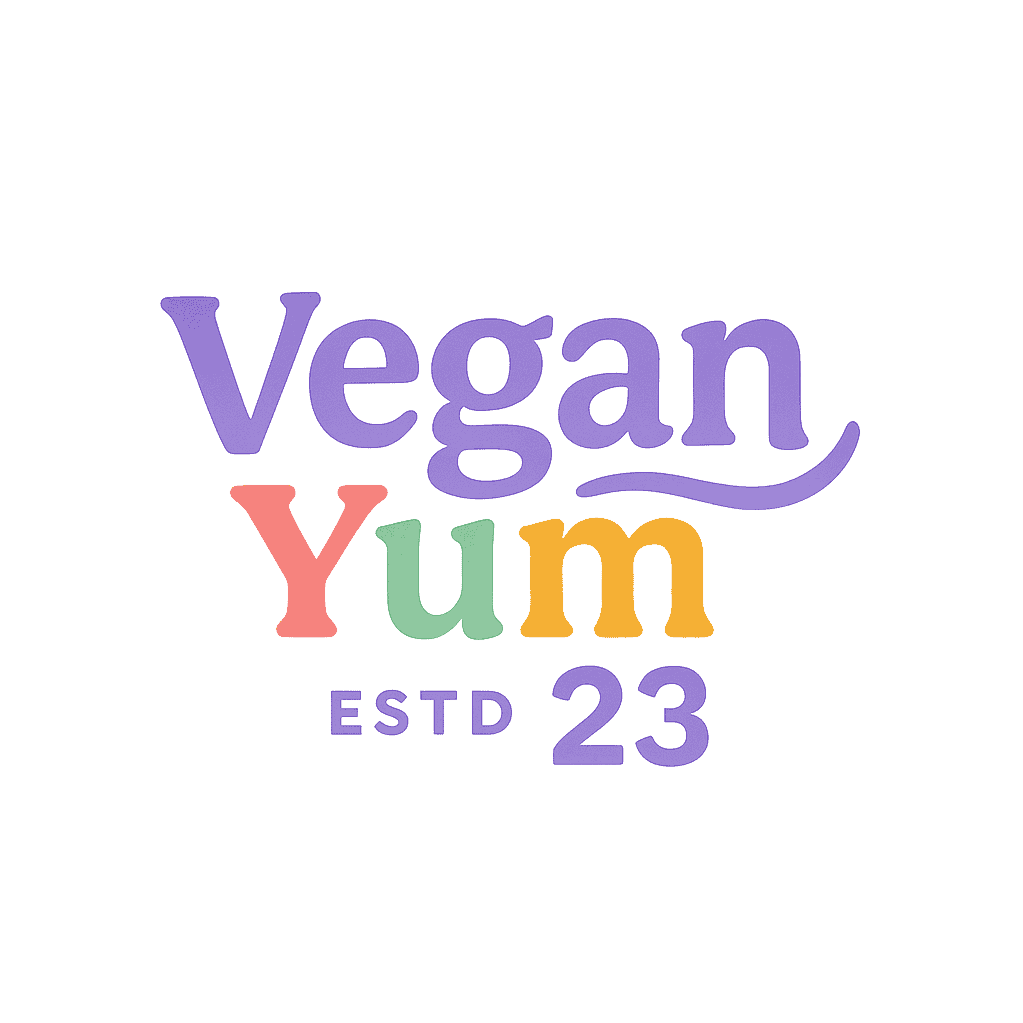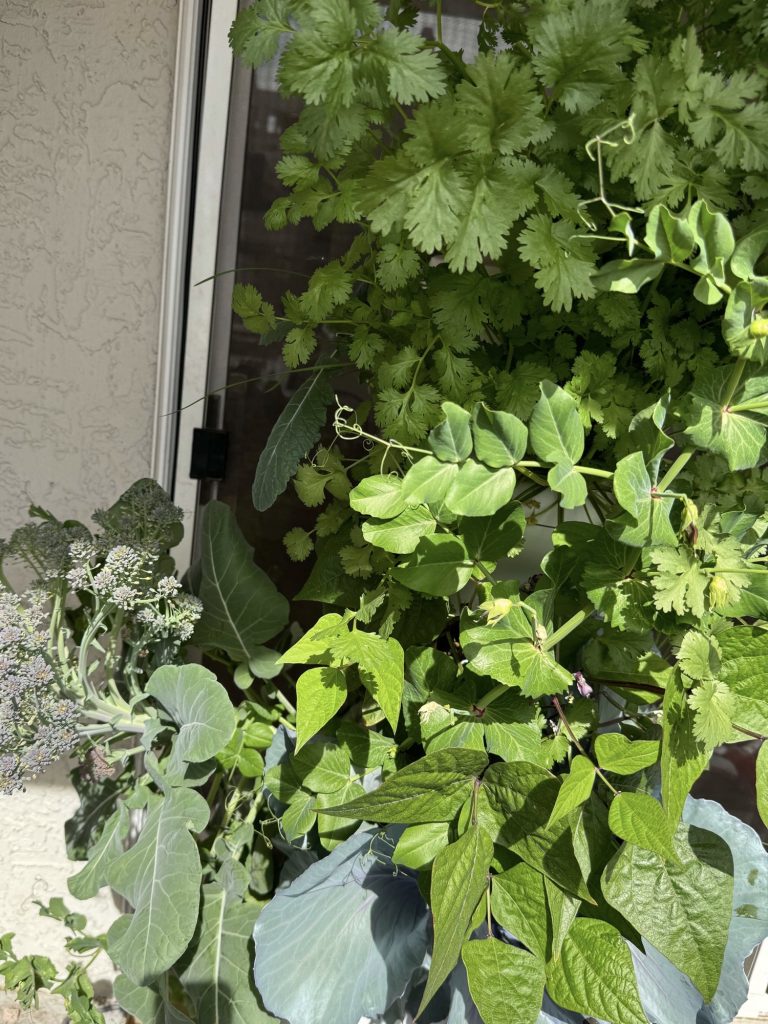Hydroponics Advantages (and a Few Disadvantages) from a Newbie Who’s Still Growing – April 2025 Edition – read on…
Hey!
If you’re new to this blog, or maybe just poking around trying to figure out if hydroponic gardening is actually worth the hype—welcome.
I’ve been growing food hydroponically for almost two years now, off and on.
I’ll share with you hydroponics advantages from my own perspective and no this is not a sponsored post.
This is my honest review😏

I’m definitely still learning, but I thought it’d be helpful to share my real experience with a hydroponics system from a beginner’s point of view.
So today, I’m talking about hydroponics advantages, a few things that didn’t work for me, and why I still think this is one of the coolest ways to grow your own food—especially if you’ve got little ones, limited space, or just want to avoid mystery greens from the grocery store.
This is based on my own personal experience with the Lettuce Grow Farmstand.
Let’s get into hydroponics advantages.
What Got Me Into Hydroponics in the First Place
I decided to try hydroponics because I really wanted to grow my own leafy greens.
I love salads.
I make homemade dressings.
And I was getting so tired of buying organic spinach just for it to go mushy in two days.
I don’t cook greens very often—but we eat a ton of them raw, and fresh greens are a daily thing at our house.
So I needed something simple, something that worked in a small space, and something low-maintenance.
That’s when I found Lettuce Grow, which is the vertical farming system I’ve been using ever since.
It’s portable, easy to set up, and honestly kind of pretty to look at when it’s in full bloom.
The Top Hydroponics Advantages I’ve Personally Experienced
Let’s talk about what I love most about growing hydroponically—because there’s a lot.
These aren’t just general pros.
This is what’s actually worked for me, using a hydroponic growing system as a busy mom with three little ones under five.
It Uses Way Less Water
Hydroponics is known for water conservation, and I’ve seen that firsthand.
Unlike traditional farming methods where water runs off or evaporates, hydroponics uses a recirculating water reservoir.
The water gets pumped to the plant’s roots, absorbed as needed, and reused.
So yes—less water, but also less stress for me trying to figure out how much to water everything.
This makes it ideal for people in urban areas or dry climates like Arizona, where every drop counts.
You Don’t Need Much Space
We don’t have a giant backyard, and I didn’t want to dig up what we do have.
Lettuce Grow is a vertical system—tall, not wide—and it fits in tight corners on the patio or even near a sunny window inside.
You can move it around easily, and you don’t need a hydroponic greenhouse to make it work.
The Growth Is Fast and Consistent
The plant growth blew me away at first.
I saw visible progress almost every day, and within two weeks, I had romaine and kale that were ready to eat.
Because the roots of the plants sit directly in a nutrient-rich water solution, they get everything they need without delay.
No waiting weeks to see if something might sprout.
You just drop the seedlings into the little planters, and off they go.
It’s Super Easy to Order Seedlings (and They’re Seasonal)
One of the things I love about Lettuce Grow is their online ordering system.
You just log in, pick your plants, and they ship seasonal seedlings straight to your door.
If something is out of stock, the site tells you, and even suggests when to check back.
Everything is seasonal, so you’re not going to end up trying to grow watermelon in January.
Leafy greens like kale, arugula, and butter lettuce are always in season—and can be grown year-round with no issues.
That’s a huge hydroponics advantage for me, since those are the foods we eat the most.
Fewer Pests, No Pesticides
My seedlings do come in a little soil plug—not completely dirt-free—but it’s minimal.
Because I grow them in a controlled environment and there’s no full-blown soil, I’ve had almost no issues with pests.
And I haven’t used a single chemical fertilizer or pesticide.
Not once.
The plants stay clean, and so does my conscience.
Kid-Approved and Educational
My kids love checking on the tower.
They ask what’s growing, help me harvest, and even nibble on the herbs like little garden goats.
This has become part of our family rhythm.
It’s hands-on, screen-free, and the perfect chance to sneak in some critical thinking and teach them about how food is grown.
Recipe Ideas and Community
Another cool perk I didn’t expect?
The system comes with access to online recipes and gardening tips.
There’s a whole hydroponic army out there—other growers sharing their own ideas, tutorials, and inspiration.
That kind of community engagement has made it feel less like a tech gadget and more like a lifestyle shift.
Hydroponics Advantages – Here’s What I’ve Tried Growing (and What Worked Best)
In the past two years, I’ve tried a little of everything—some worked, some were just for fun.
Worked REALLY well:
– Kale
– Romaine
– Butter lettuce
– Arugula
– Bok choy
– Basil
– Mint
– Cilantro (I wrote a whole blog post about it)
– Green onions
– Swiss chard
These were high yield crops for me.
They grew fast, required little maintenance, and re-harvested well.
And they actually saved us money, since we use these regularly in meals.
I don’t cook these much—I mainly use them in salads, wraps, or to make dressings.
Sometimes I’ll just throw together a raw veggie bowl with a nut-based sauce and call it lunch.
Fun to try but not worth the wait:
– Broccoli
– Cauliflower
– Zucchini
These were cool to grow for the kids to observe, but they took a long time to mature.
They also took up space in the tower that I could’ve used for faster crops.
So now I grow those maybe once in a while for the experience—but not regularly.
Still experimenting:
– Tomatoes
– Sweet peppers
– Jalapeños
They take a bit more time, but they’re fun and flavorful.
So far, I’m growing tomatoes and they are doing something, I’ll let you know how it goes!
Hydroponics Disadvantages (Yep, There Are a Few)
Now, while I love hydroponic gardening, it’s definitely not perfect.
Here are the main downsides I’ve experienced.
What It Cost Me (And Why I Still Think It Was Worth It)
Let me be real with you about the cost.
I got my Lettuce Grow online, and it was around $500—but that was during a holiday sale around Christmas, so the price was discounted.
My husband bought it for me as a Christmas gift (thanks, babe), and honestly, even with that upfront cost, I’ve used it enough that I feel like it’s been worth it.
It came with what I needed to get started, and now I mostly just need to order seedlings, nutrients, and give it a rinse between plantings.
There are probably more budget-friendly hydroponic systems out there—especially if you’re handy or have more flexibility with your space or outlets.
But in my case, I’ve got limited space, limited plug-in options, and a busy life.
So this setup worked for me.
Would I recommend shopping around for deals or comparing systems?
Absolutely.
But if you’re in a similar season of life and just want something you can plug in and grow with, Lettuce Grow is a solid option.
The Cost of Seedlings Adds Up
I pay $2.99 per seedling.
My system has 18 planting slots, so filling it all the way costs over $50.
That’s something to factor in if you’re budgeting or growing for a large family.
You Can’t Delay Planting
When your seedlings arrive, you need to plant them right away.
If you wait too long, they’ll wilt, dry out, or fail to thrive.
Ask me how I know.
You Can’t Just Use Water
Big mistake I made early on—I thought I could just top off the water system with plain water.
Nope.
You need to add a proper nutrient solution to support healthy plant roots and growth.
Without it, you won’t get those lush leaves.
The Timer Stopped Working
My first timer died out randomly.
I didn’t notice right away, so my plants didn’t get water for a few days.
By the time I realized, most of them were done for.
To their credit, Lettuce Grow responded quickly and sent me not one, but two replacement timers.
And later, they even sent me a full set of 18 seedlings as a complimentary gift after I explained what happened—even though I admitted I messed up.
You Still Have to Clean It
You’ll eventually need to clean the tubes, pump, and base to prevent build-up and ensure good water flow.
Think of it like a fish tank.
Not hard, but not optional.
Power Outages Can Be a Problem
If your area is prone to power issues, this could affect your system’s flow system and active system operation.
A power outage means no water circulation, and that can be risky during hot weather.
I haven’t had a major failure, but I’m looking into a backup battery just in case.
Hydroponics vs Traditional Agriculture: Why I’d Never Go Back
Compared to traditional agriculture or a conventional farming setup, hydroponics wins in my book.
It uses less space, less water, and gives you precise control over the growing environment.
There’s no need for crop rotation, and the nutrient solution ensures consistent plant growth.
The growing medium (like coconut coir or clay pellets) supports the plant without mess.
And in terms of food security, this feels like a step toward a more sustainable future.
Especially with climate change and the challenges of feeding a growing global population, hydroponic food production just makes sense.
Hydroponics Advantages and Disadvantages Frequently Asked Questions (FAQs)
What Are the Benefits of Hydroponics?
For me, the major benefits are being able to grow my own food in a small space.
It doesn’t take up much room, and it’s a really easy way to grow fresh food without dealing with soil, bugs, or mess.
You can grow indoors or outdoors and produce leafy greens and herbs quickly.
It’s efficient, clean, and family-friendly—and way more reliable than trying to grow in soil when you have limited space or no backyard.
What Are the Pros and Cons of Hydroponics?
The pros?
It saves water.
It grows faster.
It uses less space.
It’s way cleaner.
It’s great for beginners (even without a green thumb).
But the cons?
The cost can add up.
You have to use nutrients regularly.
It depends on electricity.
There are sustainability challenges depending on the system.
You might need more than one if you want a consistent harvest.
Also, I’ve learned you need to be able to source seedlings locally if your system doesn’t always have what you need in stock.
What Are the Five Disadvantages of Hydroponics?
Here’s what stands out for me:
Higher upfront setup cost.
Ongoing cost of seedlings and nutrients.
If there’s a power outage, your pump or timer may fail.
You need to clean it regularly.
Stock issues with seedlings can throw off your planting schedule.
Do Plants Grow Better with Hydroponics?
In my honest experience—not being a master gardener—yes, they do!
As long as your hydroponics system is set up properly, it’s basically a dream for anyone without yard space.
It’s all pretty much automatic once it’s going.
You don’t have to guess when to water or worry about drainage.
It works especially well for leafy greens, herbs, and small crops.
I’ve had great success with my hydroponic plants, and the kids love seeing them grow!
Hydroponic Advantages and Disadvantages (Quick List)
Advantages:
Uses less water
Grows faster than soil-grown crops
Takes up less space
Can be used indoors or outdoors
Reharvestable leafy greens
Clean and less exposure to bugs
No soil or weeding
Fun and educational for kids
Disadvantages:
Equipment can be costly
Requires ongoing purchase of nutrients
You need a power source
Not all crops are ideal (like broccoli or zucchini)
Some maintenance and cleaning required
What Are Five Advantages of Hydroponics?
Fast growth
Low water usage
Minimal space needed
Cleaner growing environment
More control over nutrient delivery
What Are Ten Disadvantages of Hydroponics?
Higher initial cost
You must buy and mix nutrients
Dependent on electricity
System failures can ruin plants fast
Cleaning needed to prevent buildup
Learning curve in the beginning
Not ideal for large-root crops
Seedlings can be expensive
Limited local seedling suppliers
Some systems may not be beginner-friendly
What Are the Environmental Benefits of Hydroponics?
Hydroponic farming is one of the most environmentally sustainable ways to grow food today.
It reduces land use, cuts down on water consumption, and eliminates the need for most chemical fertilizers and pesticides.
It’s ideal for urban areas, where people don’t have access to farmland, and it helps reduce the environmental impact of transporting food long distances.
Plus, it’s a powerful option for addressing food insecurity and feeding growing populations in areas where soil conditions are poor or nonexistent.
Final Thoughts on Hydroponics Advantages and Disadvantages
Would I recommend this to someone just starting out?
Absolutely.
Especially if you want to:
– Eat more fresh produce
– Reduce trips to the grocery store
– Know exactly how your food was grown
– Teach your kids about where food comes from
– Have fun growing your own nutrient-dense food
There’s a learning curve, but it’s doable.
You’ll get better each season.
And you’ll never look at bagged lettuce the same way again.
Stay tuned for part two—maybe I’ll do a full list of best plants, troubleshooting tips, or how to DIY your own nutrient blends.
And let me know if you want me to create a printable “Hydroponics Starter Kit” checklist or share how I clean and prep my system between cycles. I will gladly do so!
Much love, and happy growing!

